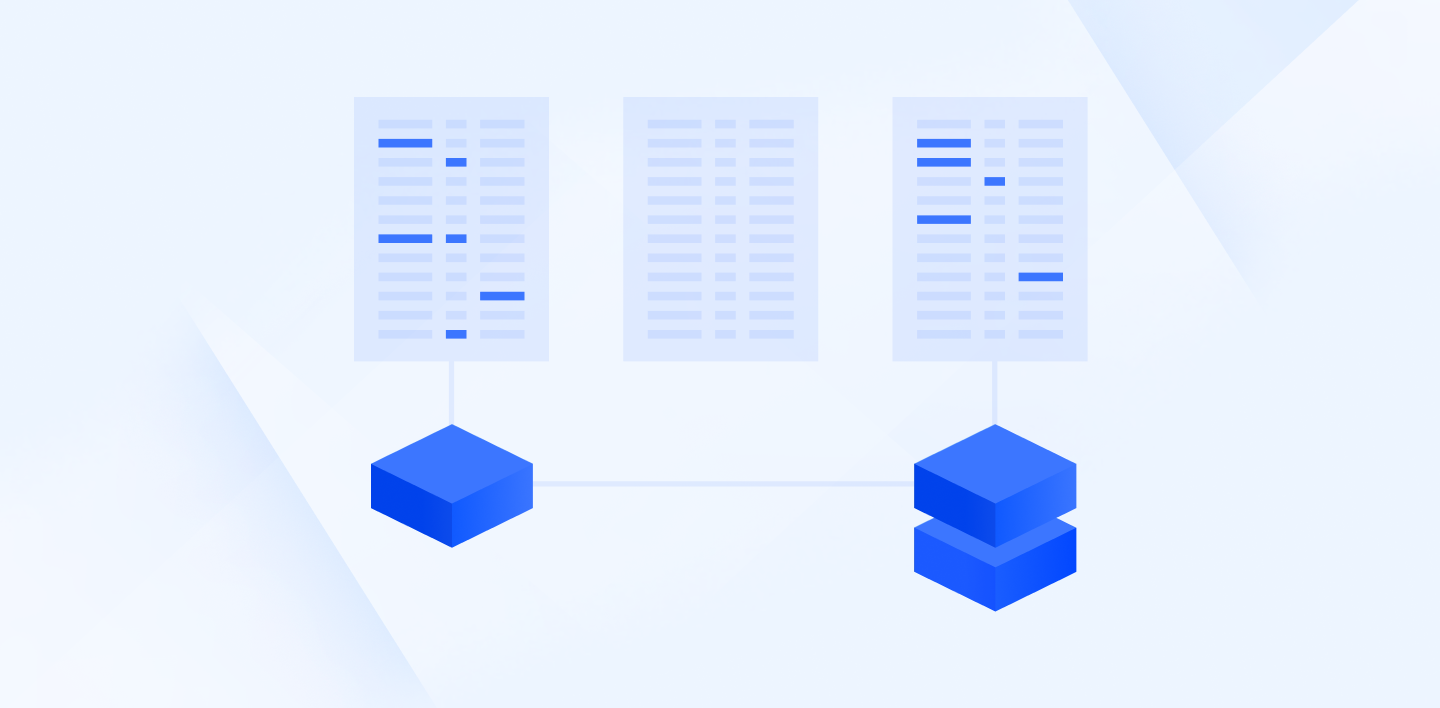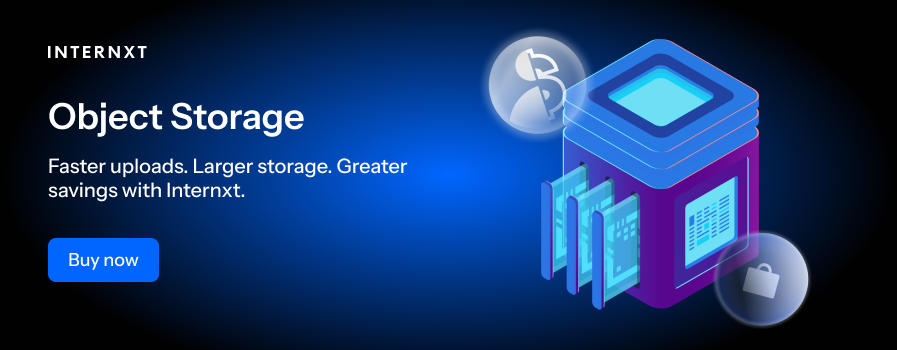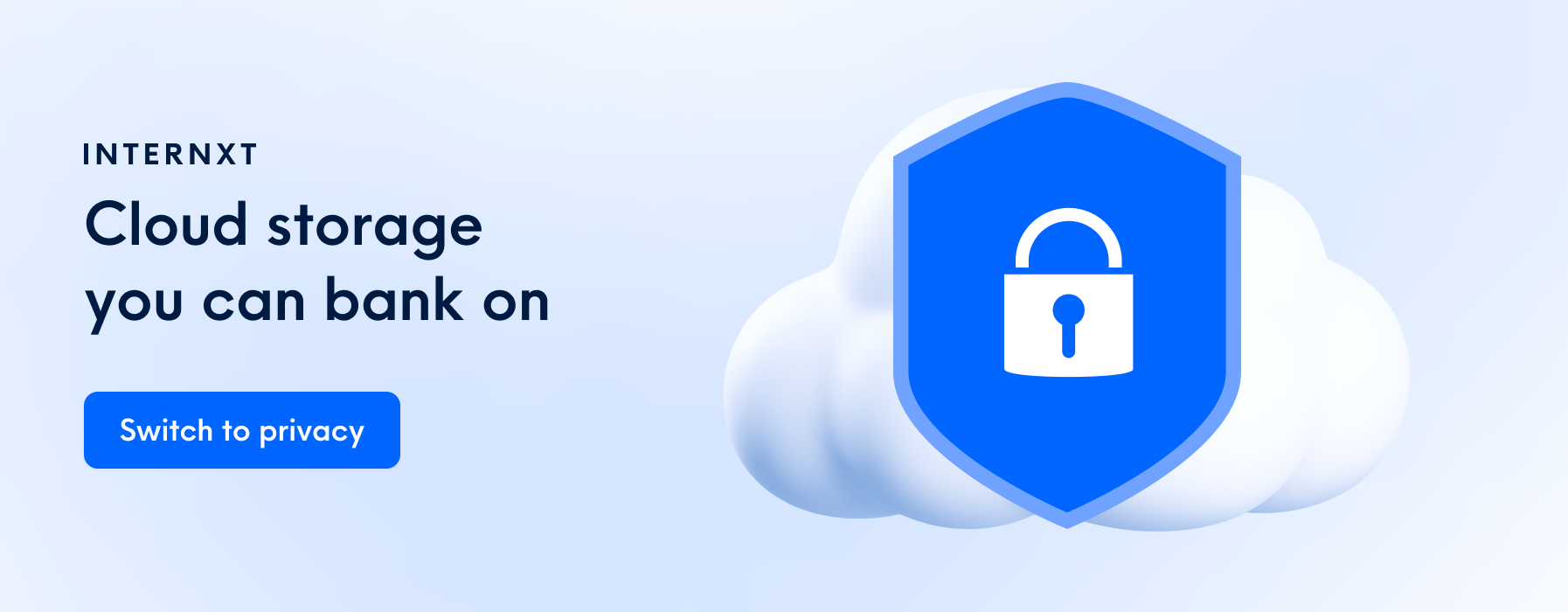The Role of Data Architecture in Managing Data Effectively

As businesses manage their data, an effective and well-implemented data architecture is the blueprint companies need to utilize, structure, and store data to ensure it is handled safely and securely without interrupting business operations.
Furthermore, businesses must consider how they can manage data while also complying with numerous regulations and auditing processes to prevent the risk of data breaches and cyber or network attacks.
To gain a thorough understanding of data architecture, this article will examine the various frameworks, structures, types, roles, and benefits of data architecture. In doing so, your organization can better understand how to reap the benefits of an effective data architecture system for a better data-driven cloud migration strategy.
Table of contents
What is data architecture?
Data architecture describes how data is collected, stored, and managed. The framework acts as a blueprint for data and how it flows through the data storage system. It is fundamental for data processing and the growing integration of artificial intelligence and machine learning applications.
A well-designed data architecture helps businesses manage growing data volumes, data lakes and warehouses to ensure all data is manageable and useful. This kind of system is fully scalable for businesses, helping them account for and adapt to growing data volumes and improve data quality with applications that can clean up duplicate or redundant data.
Data architecture frameworks
Frameworks provide a structure for designing, developing, and maintaining data systems and can include any of these popular architectures: TOGAF, DAMA-DMBOK 2, and the Zachman Framework.
TOGAF
TOGAF was developed in 1995 by The Open Group for the design, planning, implementation, and governance of enterprise data architecture. The architecture is based on the Architecture Development Method (ADM) to ensure that architecture management aligns with businesses' needs, is adaptable to change, and is properly implemented.
The four pillars of a TOGAF architecture system are:
- Business structure, data strategy, and process.
- Data architecture refers to the lifecycle of how logical and physical data are stored and managed.
- Applications architecture represents how applications relate to business processes.
- Technical architecture describes how hardware, software, and networking support applications.

DAMA-DMBOK 2
The Data Management Association (DAMA) is dedicated to helping organizations manage data in accordance with best practices and industry standards in various areas of data architecture, governance and ethics, storage, file security, and integration.
Zachman framework for enterprise architecture
John Zachman developed this framework to organize artifacts into six roles: planner, owner, designer, builder, subcontractor, functioning enterprise, and six focus areas that answer the who, why, what, when, who, and why of what defines an enterprise.
This framework was created to ensure a data architecture system supports an organization’s objectives of integrating a cloud infrastructure into the company.
Data architecture management systems
Data can be organized from different platforms via data lakes, lakehouses, warehouses, marts, or databases. Together, these platforms can create data architectures that can manage data via application programming interfaces (APIs).
Data lakes
A data lake stores raw, unstructured, or structured data in its native format and is typically used to store petabytes of data. By offering more flexibility for the kinds of data stored, such as logs, metadata, sensor data, social media posts, etc., it can help data analysts perform more advanced analytics without structuring the data themselves.
A data lake can also be used as part of a company’s data backup and recovery solution. Organizations favor them for their scalability and low cost.
Internxt offers S3-comptatible storage to meet your data lake needs and store vast amounts of data at an affordable price. With Internxt object storage, you can manage and scale your data to meet your needs from €7/TB/month.
With zero data transfer and API fees, Internxt S3 is up to 80% cheaper than Microsoft, Google, and Amazon, keeps your files safe with advanced encryption, and your company GDPR Compliant.

Data warehouses
A data warehouse is a centralized system of different data sources in a single repository. It extracts, transforms, and stores data and makes it available for business intelligence (BI) tools for data analysis and reporting so businesses can make data-driven decisions to optimize their business across different areas.
Data warehouses are used for more complex analytics rather than real-time processing.
Data lakehouse
storage for structured and unstructured data in a single repository. It can handle and store large volumes of raw data as a data lake and supports the same querying and analytics as a data warehouse.
A data lakehouse offers flexibility, scalability, and cost-efficiency for businesses looking to gain detailed insights from advanced AI or Machine Learning analytics.
Data marts
A data mart is a smaller, more focused version of a data warehouse used by departments, teams, or a select group of employees to access a smaller subset of data for more focused insights on relevant data. Data marts are generally faster and easier to access than other data architecture management systems.
Databases
A database is a basic repository for storing, managing, and securing data depending on the type of database used. Two examples of this are:
- Relational databases (SQL databases): Organize data in predefined tables with rows and columns, making it structured and easy to query using SQL.
- Nonrelational databases (NoSQL databases): Use flexible data structures like key-value pairs, documents, or graphs, making them suitable for unstructured or semi-structured data.
Types of data architectures
Data management systems help create data architectures, which are becoming increasingly popular. Organizations use data fabrics and meshes to focus more on data as a valuable asset to business operations.
Data fabrics
A data fabric uses active metadata to manage and connect data across an organization. It uses tools within the system to find and identify patterns and automate data processing.
A data fabric would allow consumers to find and receive the data they need automatically. Businesses are increasingly adopting this new technology to improve customer profiling, fraud detection, and preventative maintenance.
Data fabrics can potentially reduce integration design and deployment time by 30% and maintenance by 70%.
Data meshes
A data mesh is a decentralized way to organize data so teams and businesses can manage and handle it themselves by creating APIs to share data with others in the organization in a broader way to access it across different teams.
Traditional storage systems, like data lakes or warehouses, can still be used within a data mesh to store data, and a data mesh can also work with a data fabric to automate and manage the data more effectively.

Benefits of data architecture systems
As is the case with many cloud storage solutions, the right data architecture can reduce redundancy and improve data quality, integration, and data lifecycle management. Although moving your business to the cloud can be costly and time-consuming, it is one of the best investments you can make to plan for a future of cloud data management.
Once implemented, a data architecture system can grow with your organization and be accessible to everyone.
Choosing options like Internxt’s S3-compatible storage for your data lakes ensures your company can move to a secure, GDPR-compliant storage solution to help your business grow and manage data efficiently. Visit our website today to see how Internxt can help your company with its data management!

